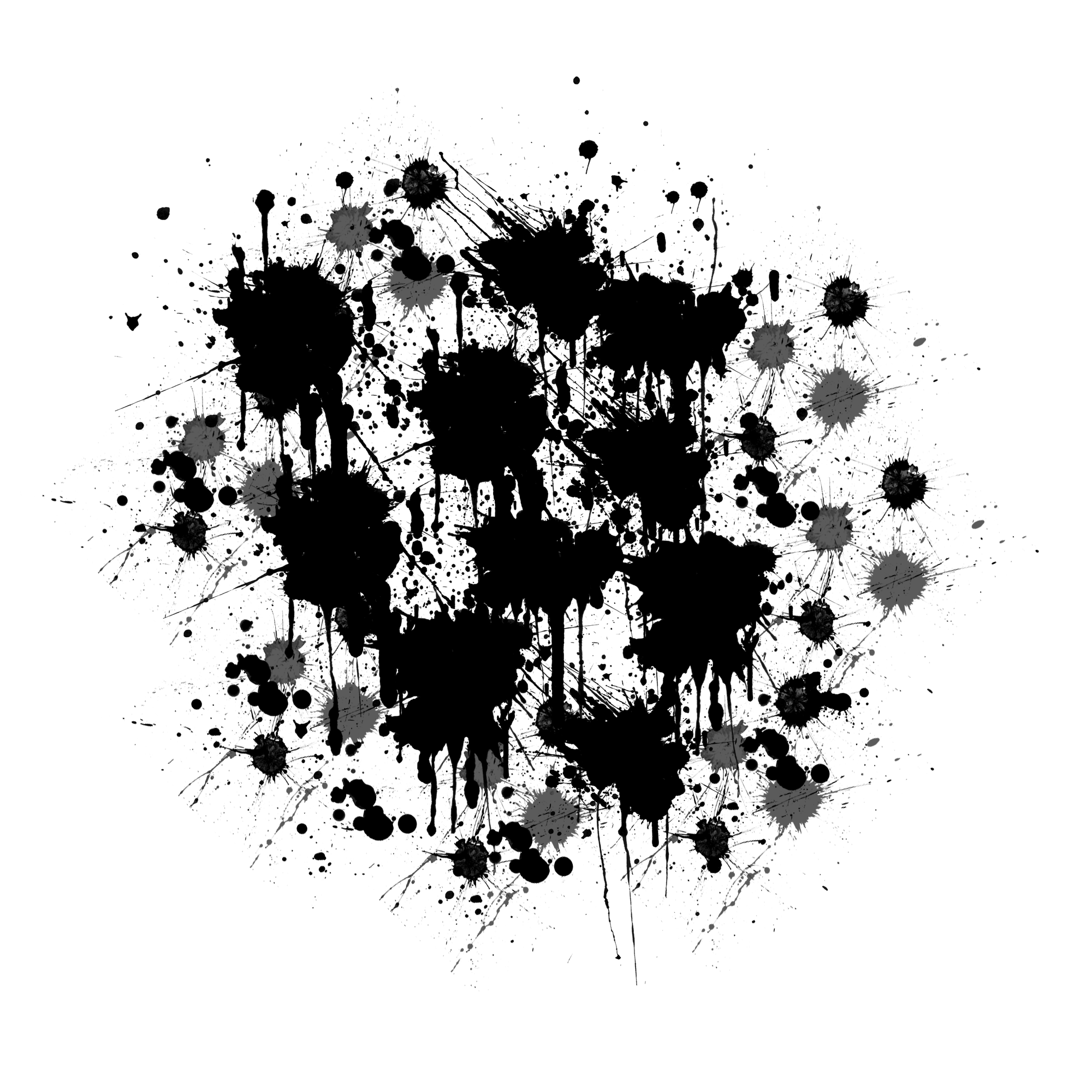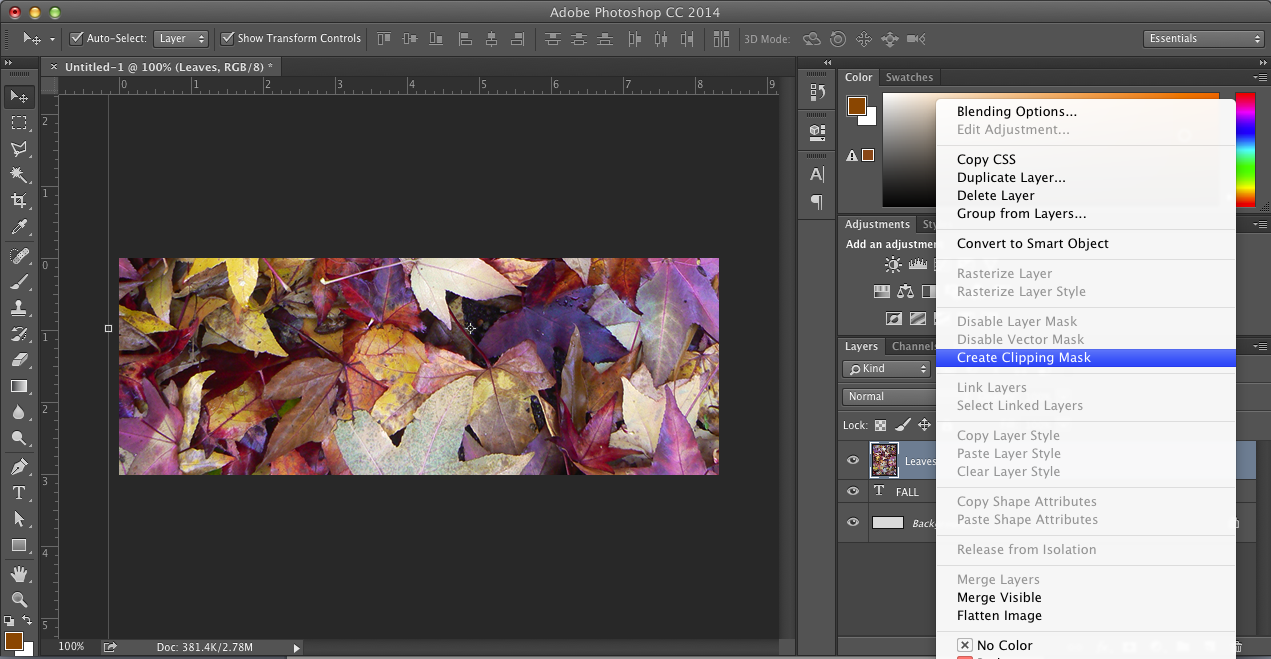

Using this tool, you can select specific areas of your design to be included or excluded from the mask. In addition, you can use the layer masking feature in Clip Studio Paint to refine your mask. This will make it easier to change the clipping mask later, as you can make adjustments to each individual layer. You can create multiple layers for different elements of your design, such as the background, the foreground, and the mask itself. However, if you want to create more complex masks, there are a few tips you should keep in mind.įirst, when creating a clipping mask in Clip Studio Paint, it’s important to use layers. The basics of creating a clipping mask are simple: you create a new layer, select the area to be clipped, and then apply the mask. Tips on Creating Complex Clipping Masks in Clip Studio PaintĬlipping masks are a powerful tool in Clip Studio Paint that can be used to create complex art and design elements. Clipping masks are incredibly useful for creating masks, and they’re easy to use in Clip Studio Paint. Your clipping mask is now complete and ready to be used. Once you’re finished, click “OK” to save your changes. This can be done by pressing and holding the “Ctrl” key while dragging the anchor points of the transformation box. You can also use the “Transform” tool to adjust the size and shape of the mask. If you want to make further edits, you can double click on the clipping mask and then use the “Edit” brush to draw or erase areas of the mask.

This will make the layer automatically masked within the boundaries of the clipping mask. Next, select the layer you want to mask and then drag it onto the newly created clipping mask. This will create a new layer with a transparent mask. To create a clipping mask, first open the “ Layer” menu and select “ New Clipping Mask”.
#Clip studio paint clipping mask how to#
How To Use Clipping Mask In Clip Studio Paint A Step-by-Step Guide to Creating a Clipping Mask in Clip Studio PaintĬlipping masks are a powerful and versatile tool within Clip Studio Paint that allow you to easily create masks and edit within them. To create a clipping mask, select the two layers in the layers palette, then right-click and select “Create Clipping Mask”. They can also be used to create interesting effects, such as creating a cutout effect for text. Clipping masks are commonly used to apply effects such as textures and gradients to a specific layer, or to place images within text. The clipped layer will be visible only in the areas where the mask layer is opaque. The bottom layer is the “clipped” layer and the top layer is the “mask” layer. To use a clipping mask, you must select two layers in the layers palette. In other words, the content of the layer that is being masked will be visible only in the areas where the mask layer is opaque, and it will be hidden in the areas where the mask layer is transparent. Explaining What a Clipping Mask Is and How to Use ItĪ clipping mask is a powerful feature in Photoshop that allows you to use one layer to mask another layer. This tutorial will show you how to use clipping masks in Clip Studio Paint, as well as provide some tips to get the most out of this powerful tool.

With Clip Studio Paint, you can easily create a clipping mask to help make your artwork stand out. Clipping masks are an essential tool for digital artists and designers.


 0 kommentar(er)
0 kommentar(er)
